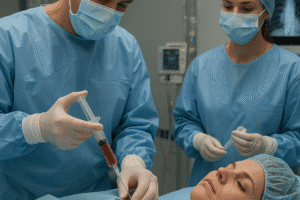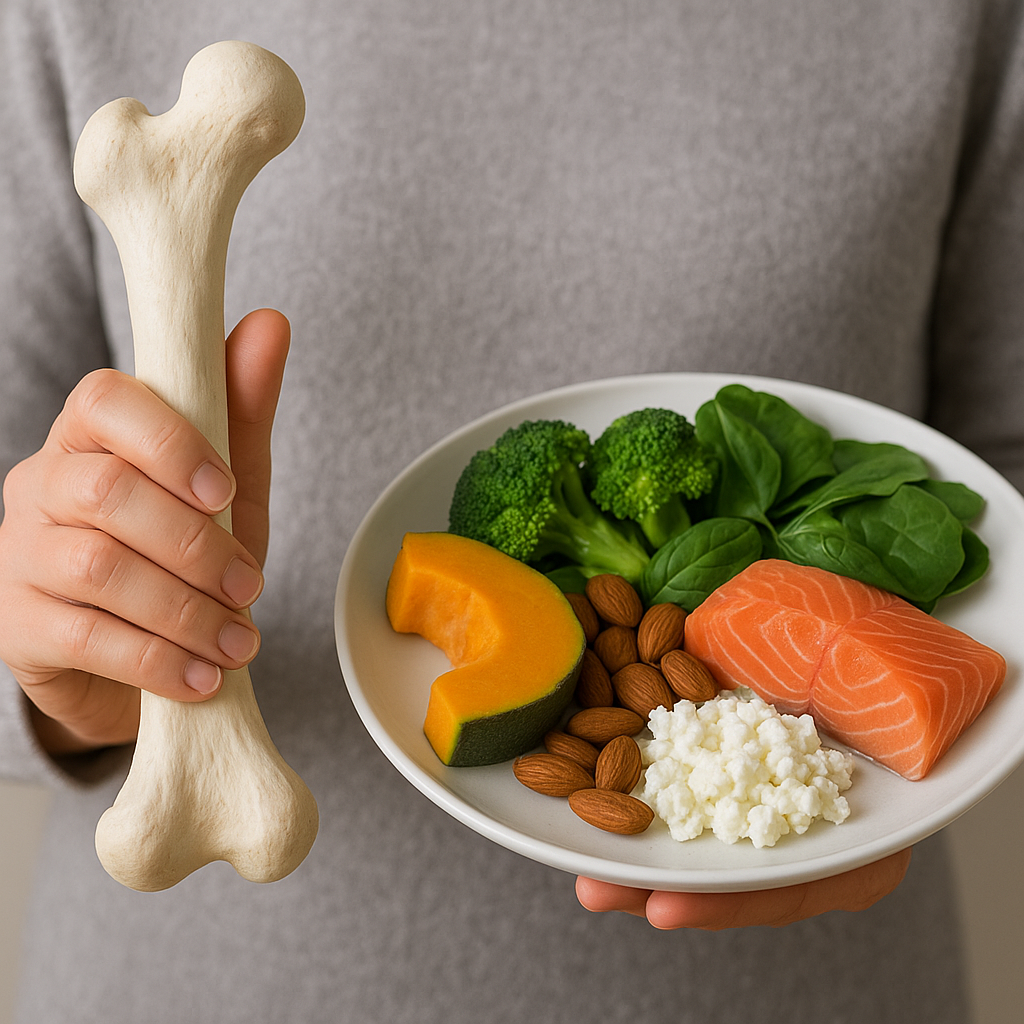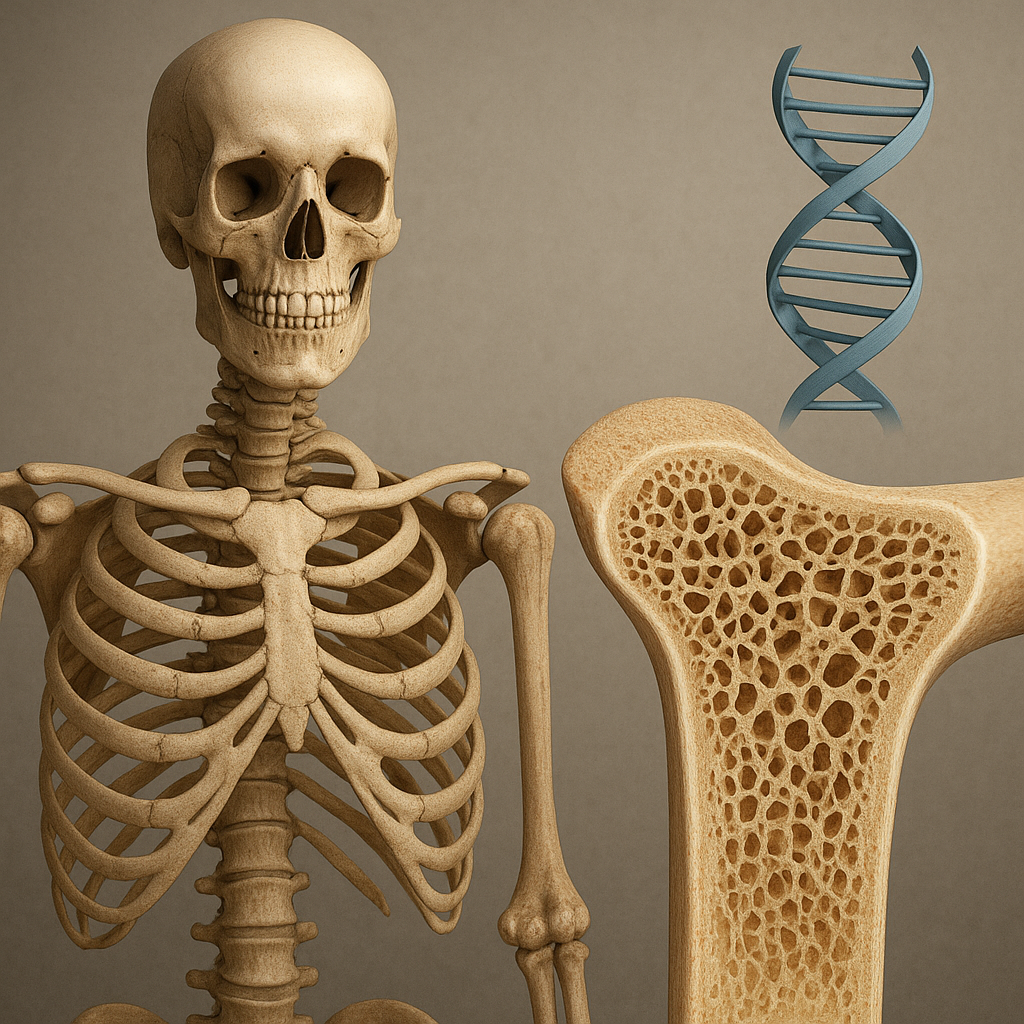Maintaining bone health in space is a critical concern for astronauts, as the microgravity environment poses significant challenges to the human skeletal system. The absence of gravitational forces leads to a condition known as spaceflight osteopenia, where astronauts can lose up to 1% of their bone mass per month. This article explores the various strategies and technologies employed by astronauts to preserve their bone health during extended missions in space.
The Impact of Microgravity on Bone Health
Microgravity affects the body in numerous ways, particularly the bones. In a normal Earth environment, bones are constantly subjected to the forces of gravity, which stimulate bone formation and maintenance. However, in space, the lack of gravitational pull results in a decrease in mechanical loading on the bones, leading to a reduction in bone density. This phenomenon is particularly pronounced in weight-bearing bones, such as the spine, pelvis, and legs.
Research has shown that astronauts experience a significant decrease in bone mineral density (BMD) during their time in space. Studies conducted on astronauts aboard the International Space Station (ISS) have revealed that the rate of bone loss can be comparable to that seen in postmenopausal women on Earth, who are at a higher risk for osteoporosis. The implications of this bone loss are serious, as it can lead to an increased risk of fractures and other skeletal issues upon return to Earth.
Understanding the Mechanisms of Bone Loss
The mechanisms behind bone loss in microgravity are complex and involve a variety of biological processes. One of the primary factors is the imbalance between bone resorption and bone formation. In space, the activity of osteoclasts, the cells responsible for bone resorption, increases, while the activity of osteoblasts, the cells responsible for bone formation, decreases. This imbalance leads to a net loss of bone mass.
Additionally, changes in hormonal regulation also play a role. The levels of hormones such as parathyroid hormone (PTH) and calcitonin, which are involved in calcium metabolism and bone health, can be altered in microgravity. These hormonal changes further contribute to the deterioration of bone density.
Strategies for Maintaining Bone Health in Space
To combat the adverse effects of microgravity on bone health, astronauts employ a variety of strategies and interventions. These include exercise regimens, nutritional adjustments, and the use of pharmacological agents.
Exercise Regimens
One of the most effective methods for maintaining bone health in space is through regular exercise. Astronauts on the ISS are required to engage in a rigorous exercise program that includes resistance training, cardiovascular workouts, and flexibility exercises. The exercise equipment used in space is specially designed to simulate weight-bearing activities that are crucial for bone maintenance.
- Resistance Training: Astronauts use advanced resistance machines that create a load equivalent to lifting weights on Earth. This type of training helps stimulate bone formation and counteracts the effects of bone resorption.
- Cardiovascular Workouts: Aerobic exercises, such as cycling and running on a treadmill, are also part of the exercise regimen. These activities help maintain overall fitness and support cardiovascular health, which is essential for astronauts during long missions.
- Flexibility Exercises: Stretching and flexibility exercises are incorporated to maintain joint health and prevent injuries, which can be more likely in a weakened skeletal state.
Nutritional Adjustments
Nutrition plays a vital role in bone health, and astronauts must pay close attention to their dietary intake while in space. A balanced diet rich in calcium and vitamin D is essential for maintaining bone density. Calcium is a critical mineral for bone formation, while vitamin D helps the body absorb calcium effectively.
NASA has developed specific dietary guidelines for astronauts, ensuring they receive adequate amounts of these nutrients. Additionally, astronauts may take dietary supplements to further support their bone health. Foods such as dairy products, leafy greens, and fortified cereals are included in their meal plans to help meet these nutritional needs.
Pharmacological Interventions
In addition to exercise and nutrition, researchers are exploring pharmacological interventions to help mitigate bone loss in space. Some studies have investigated the use of bisphosphonates, a class of drugs commonly used to treat osteoporosis on Earth. These medications work by inhibiting osteoclast activity, thereby reducing bone resorption.
Other potential pharmacological agents include anabolic agents that stimulate bone formation. Research is ongoing to determine the efficacy and safety of these treatments for astronauts during long-duration space missions.
Future Directions in Bone Health Research
As space exploration continues to advance, understanding and maintaining bone health in astronauts will remain a priority. Future missions to Mars and beyond will require even more effective strategies to combat the effects of prolonged microgravity on the skeletal system.
Innovative Research Approaches
Researchers are employing innovative approaches to study bone health in space. One promising area of research involves the use of advanced imaging techniques, such as high-resolution peripheral quantitative computed tomography (HR-pQCT), to assess changes in bone microarchitecture in real-time. This technology allows scientists to monitor bone health more accurately and develop targeted interventions.
Additionally, studies are being conducted on the effects of different exercise modalities and nutritional strategies to determine the most effective combinations for preserving bone density. Understanding individual variability in response to these interventions will also be crucial, as astronauts may have different baseline bone health and risk factors.
Collaboration and Knowledge Sharing
Collaboration between space agencies, research institutions, and healthcare professionals is essential for advancing our understanding of bone health in space. Sharing knowledge and findings from various missions can lead to the development of best practices and guidelines for future astronauts.
Furthermore, as space travel becomes more accessible to private individuals, ensuring the health and safety of all space travelers will be paramount. Research on bone health will not only benefit professional astronauts but also contribute to the overall well-being of future space tourists.
Conclusion
Maintaining bone health in space is a multifaceted challenge that requires a comprehensive approach. Through a combination of exercise, nutrition, and pharmacological interventions, astronauts can mitigate the effects of microgravity on their skeletal system. Ongoing research and innovation will continue to play a vital role in ensuring the health and safety of astronauts during long-duration missions. As we look to the future of space exploration, prioritizing bone health will be essential for the success of human endeavors beyond Earth.













